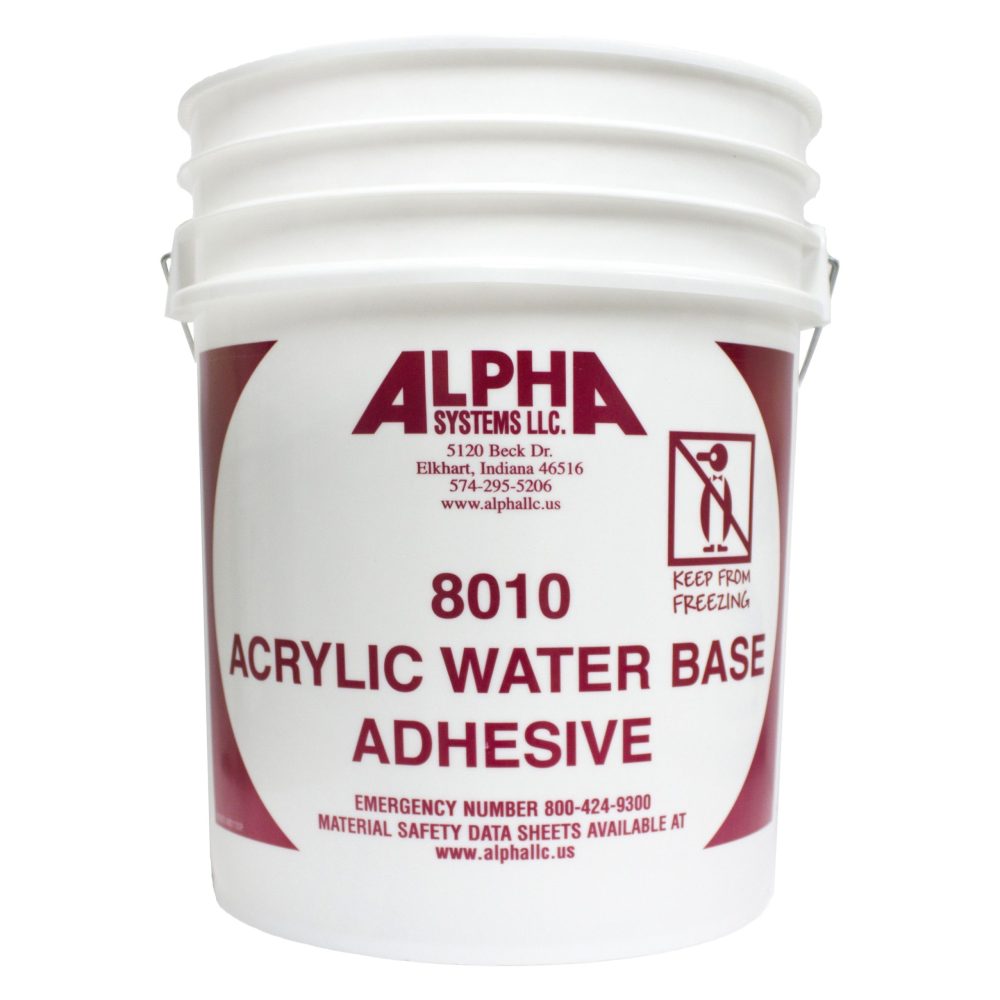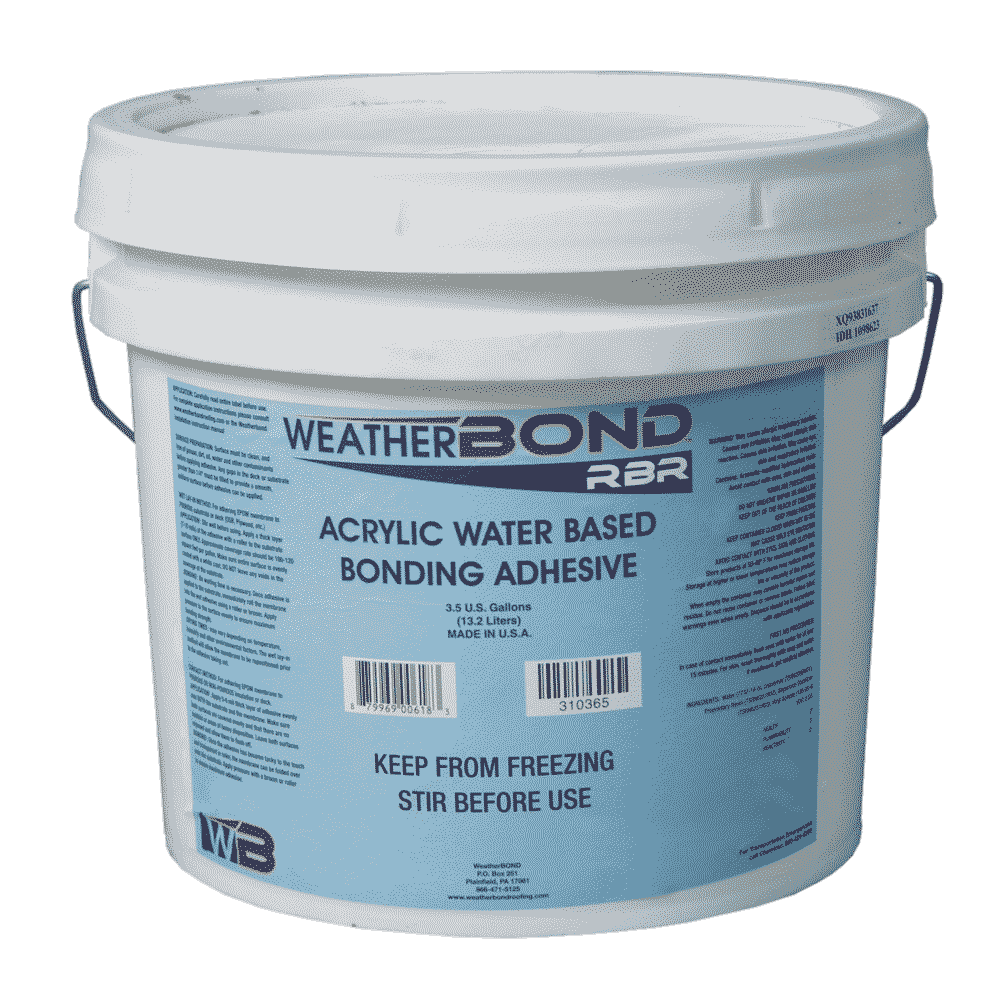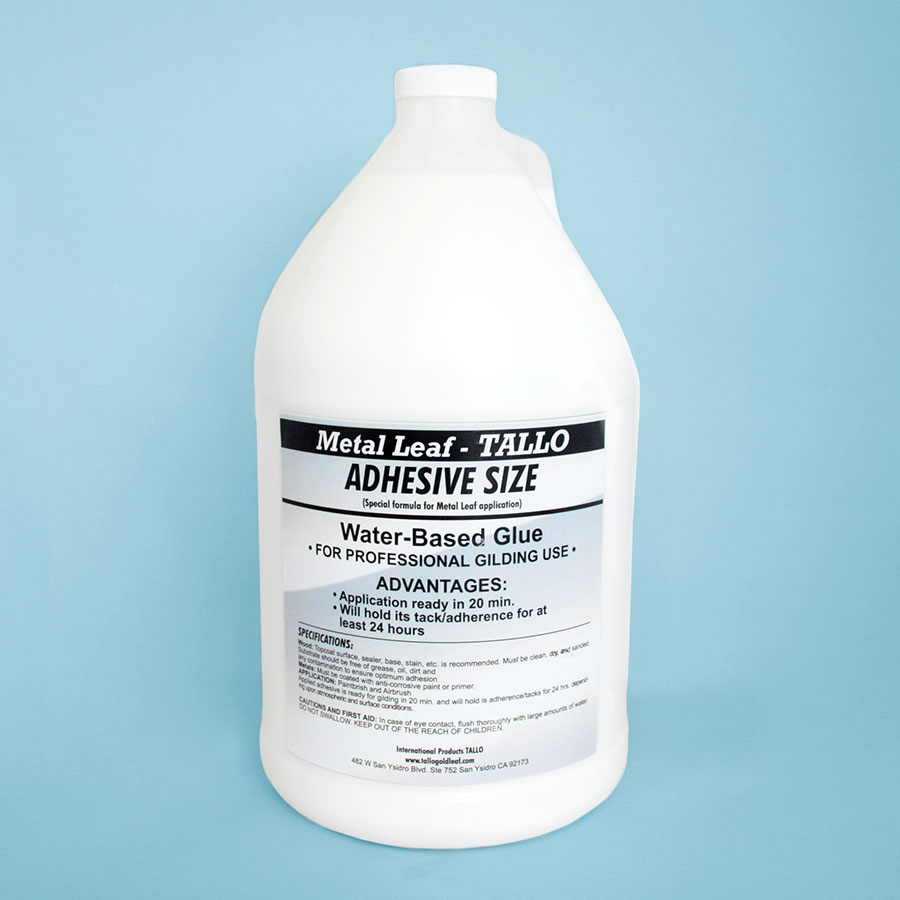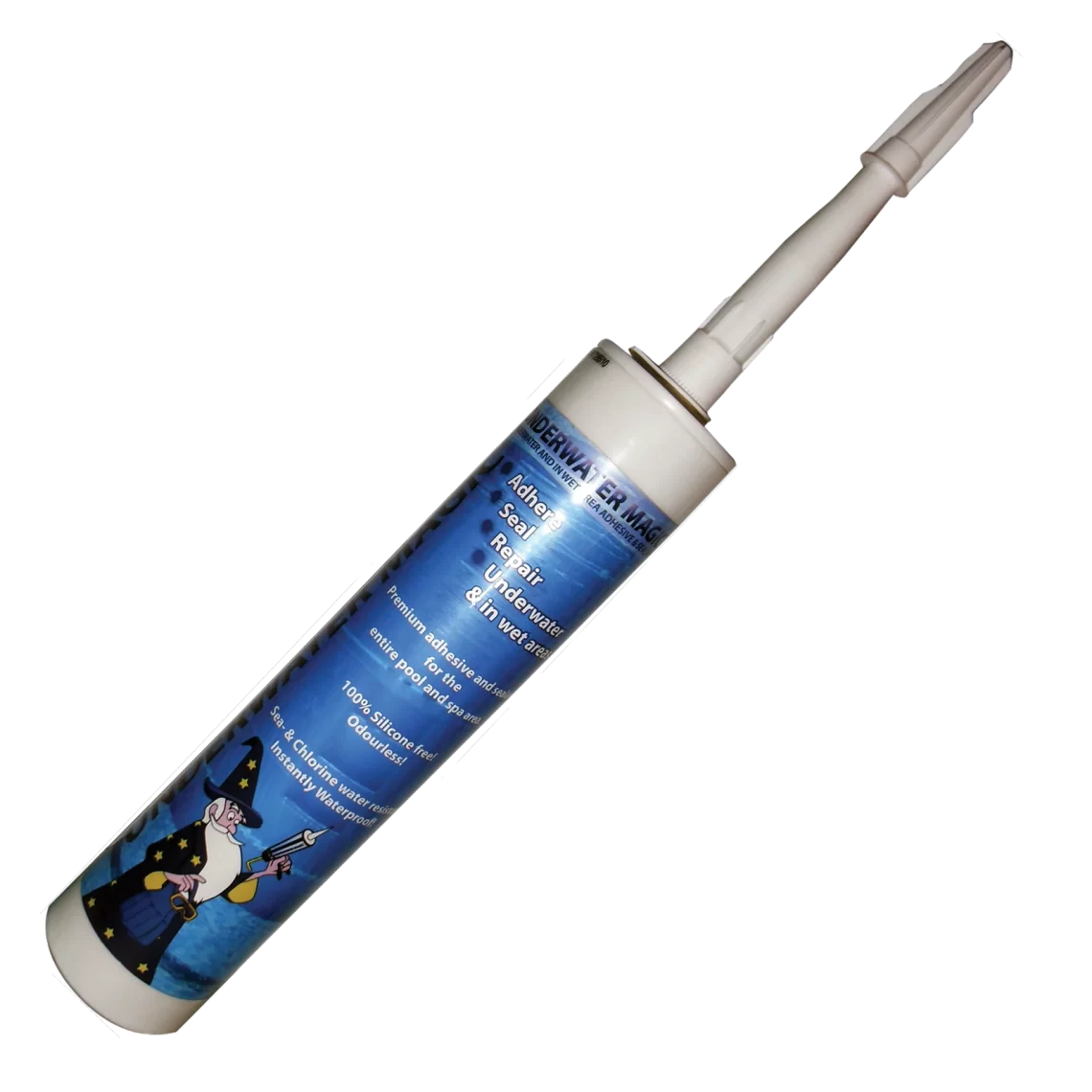Introduction
In the world of crafting and construction, choosing the right adhesive is essential for achieving the desired results. Among the various options available, adhesive water has emerged as a popular choice. This versatile and effective adhesive offers numerous benefits that cater to various applications, from arts and crafts projects to professional constructions.
This guide will delve into what adhesive is, how it works, and why you should consider it for your next project. We will also explore the benefits, different types, and practical applications of adhesive water. By the end of this article, you will not only understand the details of adhesive water but also be inspired to incorporate it into your crafting and DIY endeavors.
Understanding Adhesive Water
Adhesive refers to a water-based adhesive solution formulated from a mixture of polymers and other bonding agents. Unlike traditional adhesives that rely on solvents, adhesive is primarily composed of water as its carrier. This composition makes it more environmentally friendly and user-friendly.
Components of Adhesive
The key components of adhesive usually include:
– Water: The primary solvent that helps dissolve and disperse the adhesive components.
– Polymers: These are large molecules that form a sticky layer once the water evaporates, allowing for strong bonds between materials.
– Additives: Various additives may enhance specific properties, such as flexibility, drying time, or resistance to moisture.
How It Differs from Traditional Adhesives
Compared to traditional adhesives, which may contain harmful solvents, adhesive provides a safer alternative. It lacks strong fumes and toxins associated with solvent-based adhesives, making it suitable for indoor use and children’s projects.

Benefits of Using Adhesive Water
Adhesive offers a variety of benefits that make it the go-to choice for crafters, DIY enthusiasts, and professionals alike. Let’s take a closer look at these advantages.
1. Eco-Friendliness
One of the most prominent benefits of adhesive is its eco-friendly nature. Being water-based means it has low volatile organic compounds (VOCs), which minimizes air pollution and reduces health risks for users. As consumers become increasingly aware of their environmental impact, eco-friendly adhesive options are gaining popularity in both home and commercial settings.
2. Easy to Use
Adhesive is straightforward to apply. Its consistency resembles that of water, making it easy to spread with brushes, rollers, or sprayers. You won’t need specialized tools or extensive experience to achieve a strong bond. Whether you’re a seasoned professional or a beginner crafter, adhesive water simplifies the bonding process.
3. Non-Toxic Formulation
Parents and professionals appreciate the non-toxic formulation of adhesive. It is safe for use in children’s projects and educational settings. You can feel confident allowing kids to participate in crafting projects using adhesive water, knowing that they are not exposed to harmful chemicals.
4. Versatile Applications
Adhesive is incredibly versatile. It works on various porous and non-porous surfaces, including paper, wood, fabric, and some plastics. This flexibility makes it suitable for numerous applications, from scrapbooking to woodworking.
5. Quick Drying Time
Many formulations of adhesive boast relatively quick drying times. This efficiency allows users to complete projects promptly without having to wait long periods for the adhesive to set. Projects that require layering or assembly benefit greatly from this feature, increasing productivity.

Types of Adhesive Water
Adhesive is not a one-size-fits-all solution; various formulations are available for different applications. Here are some common types of adhesive water you might encounter:
1. PVA Adhesive
Polyvinyl acetate (PVA) adhesive is a well-known type of water-based adhesive commonly used in schools and homes. It dries clear and is ideal for paper crafts, woodworking, and basic bonding tasks.
2. White Glue
Often used in arts and crafts, white glue is a popular example of adhesive. It is versatile and easy to clean up since it can be washed with water before it dries. White glue is perfect for children’s crafts and school projects.
3. Fabric Glue
Fabric glue is a specialized type of adhesive designed for bonding fabrics. This formulation is flexible and durable, allowing for secure fabric bonding without the risks of sewing. It is ideal for garments, upholstery, and craft projects involving textiles.
4. Wood Glue
Wood glue, specifically formulated for woodworking, is another type of adhesive. This glue provides strong bonds on wooden surfaces and is specially designed to resist moisture, making it great for indoor and outdoor projects.
5. Spray Adhesives
Spray adhesive is a convenient type of adhesive that allows for quick coverage of large surfaces. It is often used in crafting, professional settings, and packaging applications where even distribution is crucial.
Understanding the different types of adhesive will help you choose the right one for your next project.

Comparing Adhesive Water with Other Adhesives
When considering which adhesive to use, it’s essential to compare adhesive with other types. Here’s how it stacks up against some common alternatives.
Adhesive Water vs. Solvent-Based Adhesives
Performance: Solvent-based adhesives often provide stronger initial bonding but come with harmful chemicals and fumes. Adhesive water, while less aggressive in bonding, performs admirably across various applications without posing health risks.
Application: Adhesive water is user-friendly and suitable for indoor projects where ventilation may be limited. In contrast, solvent-based adhesives require adequate ventilation to prevent inhalation of fumes during application.
Adhesive Water vs. Hot Glue
Ease of Use: Hot glue is quick and effective for many crafts. However, adhesive water does not require a special glue gun and poses less risk of burns, making it safer for children.
Cooling Time: Hot glue cools quickly once applied, but it hardens rapidly, making repositioning difficult. Adhesive water allows for some adjustments even after application, giving users a window for corrections.
Adhesive Water vs. Silicone Adhesives
Flexibility: Silicone adhesives offer water and temperature resistance but tend to be less user-friendly for beginners. Adhesive water is simpler to work with, making it a more approachable option for most users.
Speed of Drying: Silicone adhesives often take longer to cure than adhesive water. Users looking for quick results may find adhesive water to be the better option.
By comparing adhesive to these alternatives, you can see its unique advantages and adaptability to different projects.
Applications of Adhesive Water
Adhesive water is widely applicable in various settings, from crafting to home improvement. Here are some practical uses:
1. Craft Projects
Crafters use adhesive extensively for scrapbooking, card making, and mixed media projects. Its non-toxicity makes it suitable for school and home-based creative activities.
2. Woodworking
In woodworking, adhesive is ideal for joining pieces of wood. It provides a strong bond while allowing for adjustments during assembly. Many woodworkers prefer using PVA wood glue for its effectiveness.
3. Fabric Crafts
When creating textile items, adhesive water, particularly fabric glue, ensures pieces stay together without sewing. It can be used for patching clothes, creating costumes, or simply bonding fabric with embellishments.
4. Model Building
Model builders appreciate the precision and ease of adhesive when bonding parts. Whether creating plastic models or assembling intricate dioramas, adhesive provides a reliable bond without excess mess.
5. Educational Uses
Many educators utilize adhesive in classrooms to teach students about bonding materials and crafting techniques. Its safety features allow children to explore creativity without risks.
The wide array of applications demonstrates adhesive’s versatility in both personal and professional projects.

How to Use Adhesive Water Effectively
Maximizing the benefits of adhesive requires knowing how to apply it properly. Here are essential steps for optimal use:
Step 1: Prepare Your Surface
Ensure that the surfaces you plan to bond are clean and dry. Remove any dust, dirt, or grease that could hinder adhesion. If necessary, lightly sand surfaces for optimal bonding.
Step 2: Apply the Adhesive
Using a brush, roller, or the nozzle if applicable, apply a thin, even layer of adhesive to one or both surfaces. For large areas, consider using a spray adhesive for uniform coverage.
Step 3: Join the Pieces
Carefully align and press the surfaces together. For many projects, gentle pressure is sufficient. However, if you are working with porous materials, you may need to hold them in place briefly for a strong initial bond.
Step 4: Allow to Dry
Let the adhesive cure as per the manufacturer’s instructions. Drying times will vary depending on the type of adhesive water used, environmental conditions, and the materials being bonded.
Step 5: Clean Excess
If any adhesive seeps out during the bonding process, wipe away excess before it dries. Once cured, excess adhesive may be challenging to remove.
Following these steps will ensure you achieve the best results with adhesive in your projects.

Safety Considerations
Though adhesive water is generally safe, certain precautions should be taken to enhance safety during use:
1. Read the Label
Always read the manufacturer’s instructions and safety guidelines associated with the adhesive before using it. Each product may have specific recommendations and cautions.
2. Proper Ventilation
While adhesive is non-toxic, it is essential to work in well-ventilated areas, especially when using spray adhesives.
3. Store Safely
Store adhesive water in a cool, dry place, away from children. Ensure that the lid is tightly closed to avoid contamination or premature drying.
4. Avoid Contact with Eyes
Do not allow adhesive to come into contact with your eyes or skin. If contact occurs, rinse immediately with water and seek medical attention if irritation persists.
By taking these precautions, you can enjoy the benefits of adhesive water while minimizing risks.
Conclusion
In conclusion, adhesive stands out as a versatile and eco-friendly adhesive solution that caters to a broad audience. From crafters to professionals, the benefits it offers—such as ease of use, non-toxicity, and versatility—make it an ideal choice for various bonding applications.
Whether for school projects, home improvements, or professional crafts, adhesive provides everything you need for effective and safe bonding. With its many applications and favorable properties, now is the perfect time to consider adding adhesive water to your toolkit. Embrace the functionality and convenience of adhesive water for all your crafting and DIY needs!





